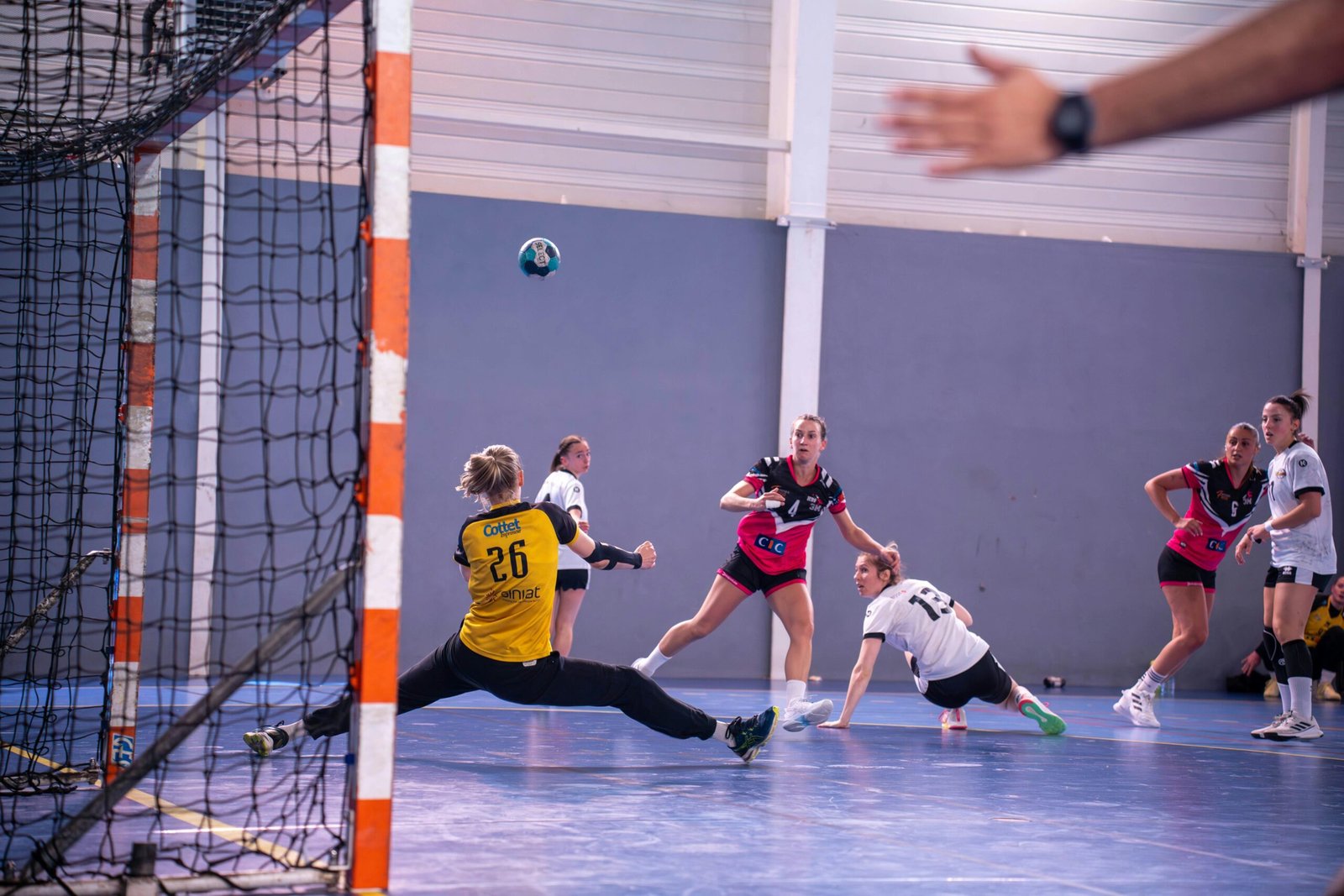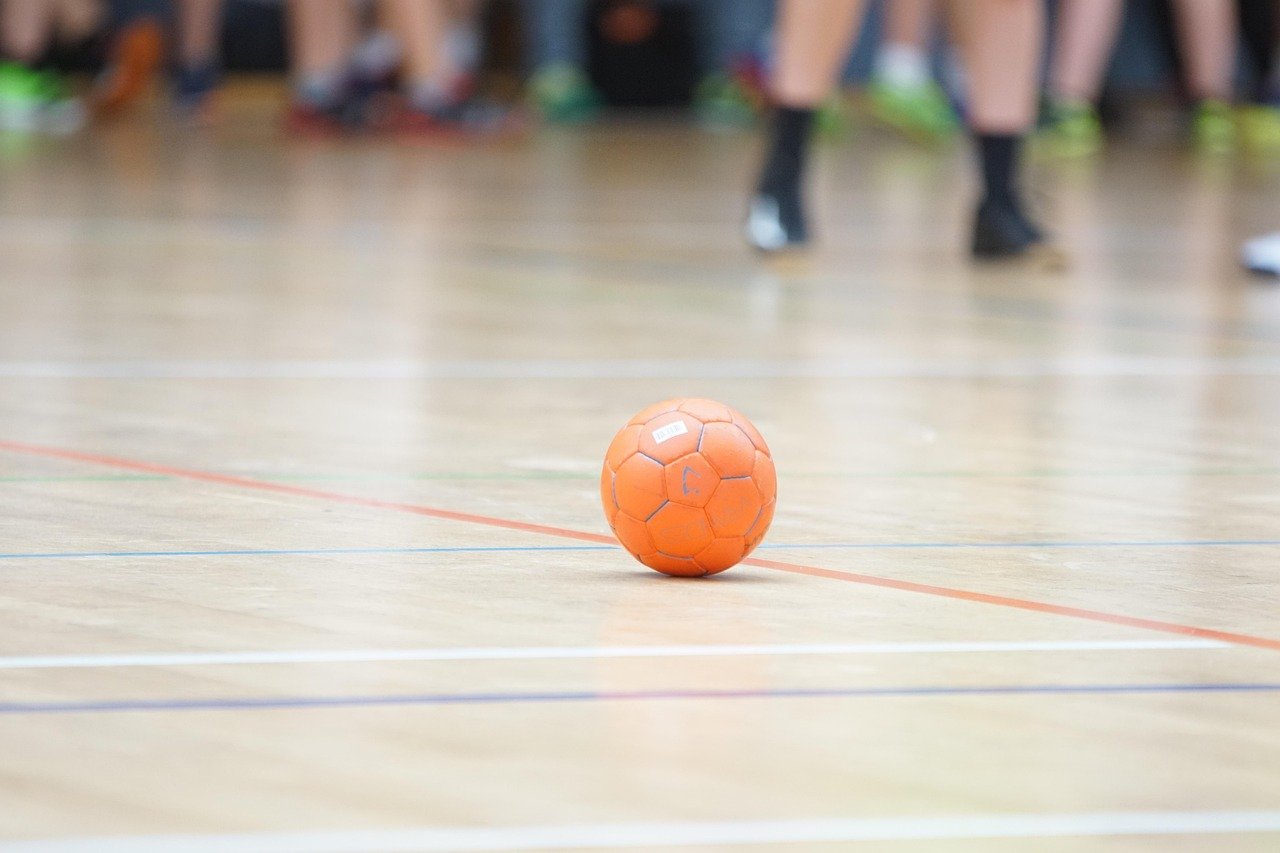Handball is a sport defined by quick decisions, tactical variety and offensive creativity. The best teams in the world adapt their attacking systems to exploit their opponents’ weaknesses while maximising their own strengths. Understanding how offensive systems work not only helps coaches and players improve but also allows fans to appreciate the finer details of the game.
In this guide, we break down some of the most important offensive systems used in handball today — including crosses, double pivots, fast breaks and 7v6 play — and explain how they function, when they are most effective, and what makes them so exciting to watch.
Crosses in Handball
Crosses are one of the most fundamental attacking movements in handball. They involve two backcourt players switching positions by running diagonally across each other, forcing defenders to adjust quickly.
The aim of a cross is to disrupt defensive structure. When executed correctly, a cross can:
- Create mismatches, such as a back against a slower defender
- Open up shooting lanes for powerful backcourt shooters
- Generate confusion in the defence, especially if multiple crosses occur in quick succession
Crosses are common in nearly every offensive system, and they can be combined with screens or pivots to become even more dangerous. Top-level teams often run continuous crosses to tire the defence and wait for a moment of weakness.
Double Pivot Offence
Traditionally, a handball offence uses one pivot, who positions close to the 6-metre line to receive passes or create space with blocks. However, many elite teams now employ the double pivot system, where two pivots operate at once.
The advantages of the double pivot include:
- Overloading the defence near the 6-metre line
- Forcing defenders to collapse, opening shooting lanes for backcourt players
- Allowing creative playmakers to pick out short passes into the line
However, the double pivot requires excellent timing and movement. Without precision, it can become crowded and predictable. Teams like Spain and Denmark have shown how dangerous a well-executed double pivot can be at international level.
Fast Breaks
Few offensive systems excite fans as much as the fast break. This strategy relies on speed and immediate transition from defence to attack.
Fast breaks are most effective when:
- Goalkeepers deliver long outlet passes directly to wings or backs
- Defenders anticipate turnovers and sprint forward before possession is fully secured
- The attacking team uses numerical superiority before the defence can reset
The fast break is a cornerstone of modern handball because it punishes defensive mistakes instantly. Teams like Norway’s women and France’s men are world-renowned for turning defence into lightning-fast attacks.
7v6 Play
One of the most controversial but tactically fascinating systems in handball is the 7v6 attack, where the goalkeeper is substituted for an extra outfield player.
The key advantages of 7v6 play are:
- Numerical superiority against the defence
- More passing options and increased opportunities for line players
- Ability to shift defenders side-to-side until a clear chance emerges
But the risks are equally clear:
- If possession is lost, the opponent can score into an empty net
- Quick transitions by the defence can completely punish the strategy
The 7v6 system is often used in the final minutes of close matches or when a team struggles to break through a strong defensive wall. It has become more common since rule changes allowed goalkeepers to re-enter more easily.
Combining Systems for Maximum Impact
The best handball teams rarely rely on just one system. Instead, they blend crosses, pivots, fast breaks and 7v6 play into a dynamic approach. For example, a team might run multiple crosses before feeding into a double pivot, or start with a structured attack but switch to fast breaks when turnovers are won.
Understanding these systems not only helps coaches and players but also gives fans a deeper appreciation of why some attacks look unstoppable while others break down under defensive pressure.
Conclusion
Handball offence is a balance of structure and creativity. Crosses stretch defences, double pivots overload the line, fast breaks deliver instant goals, and 7v6 play creates risky but powerful advantages. Whether you’re a player looking to develop tactical knowledge or a fan wanting to understand the strategies behind elite play, these systems form the foundation of modern handball offence.



